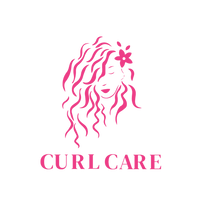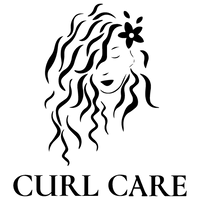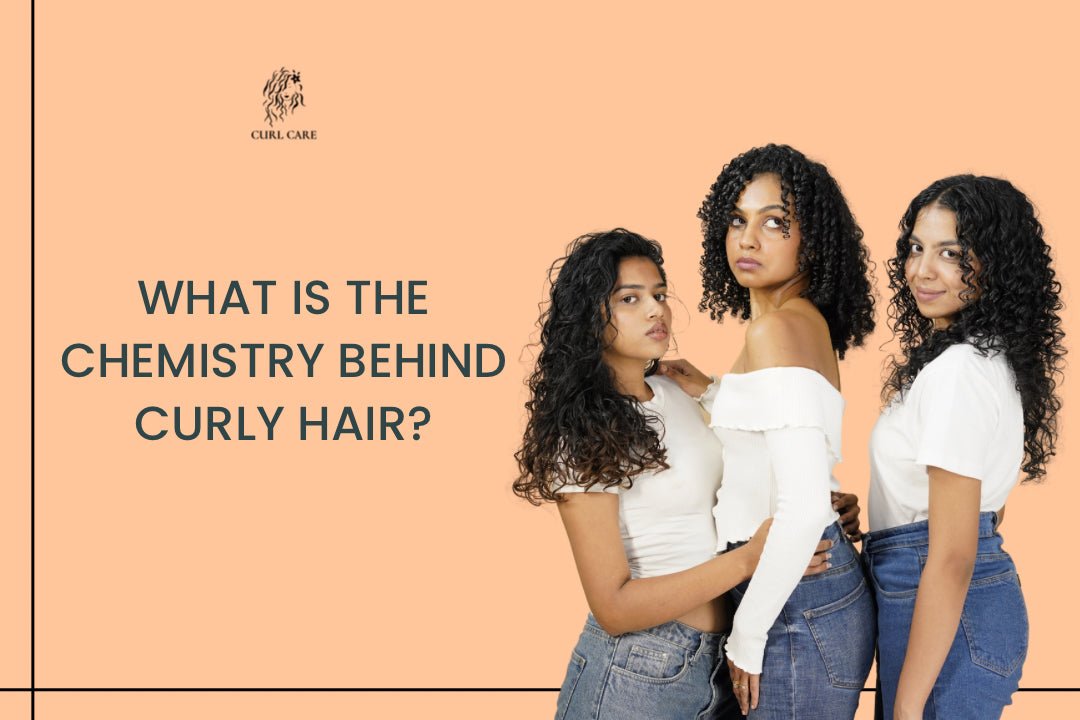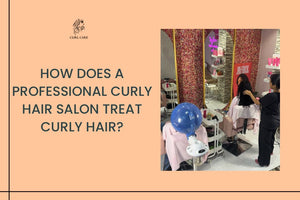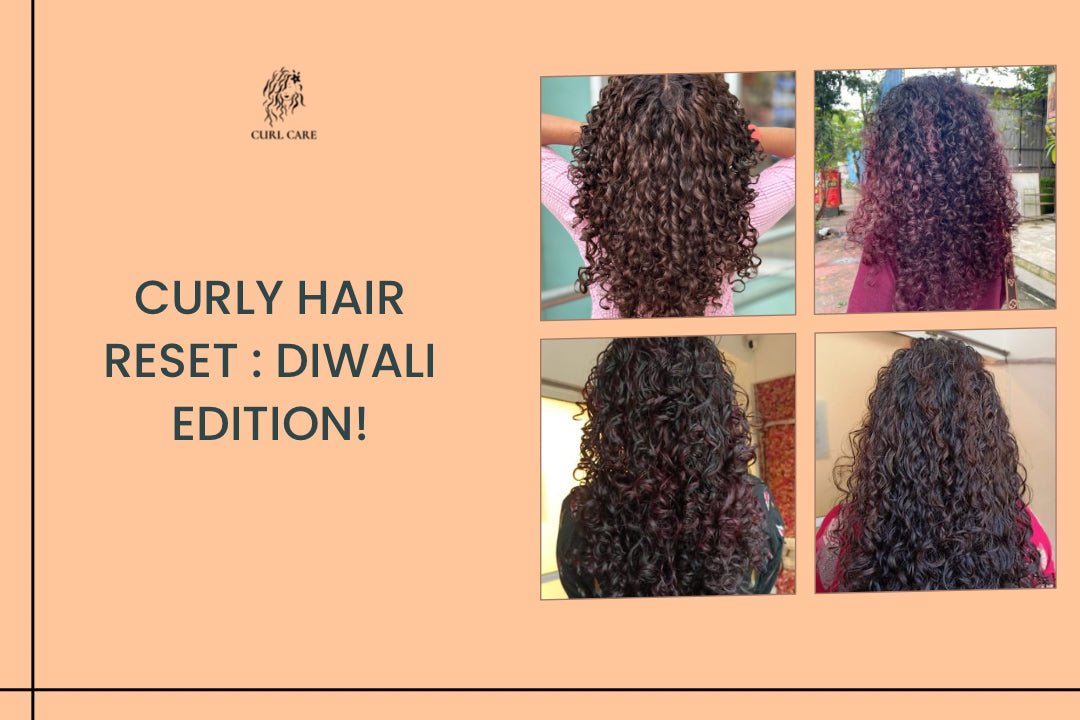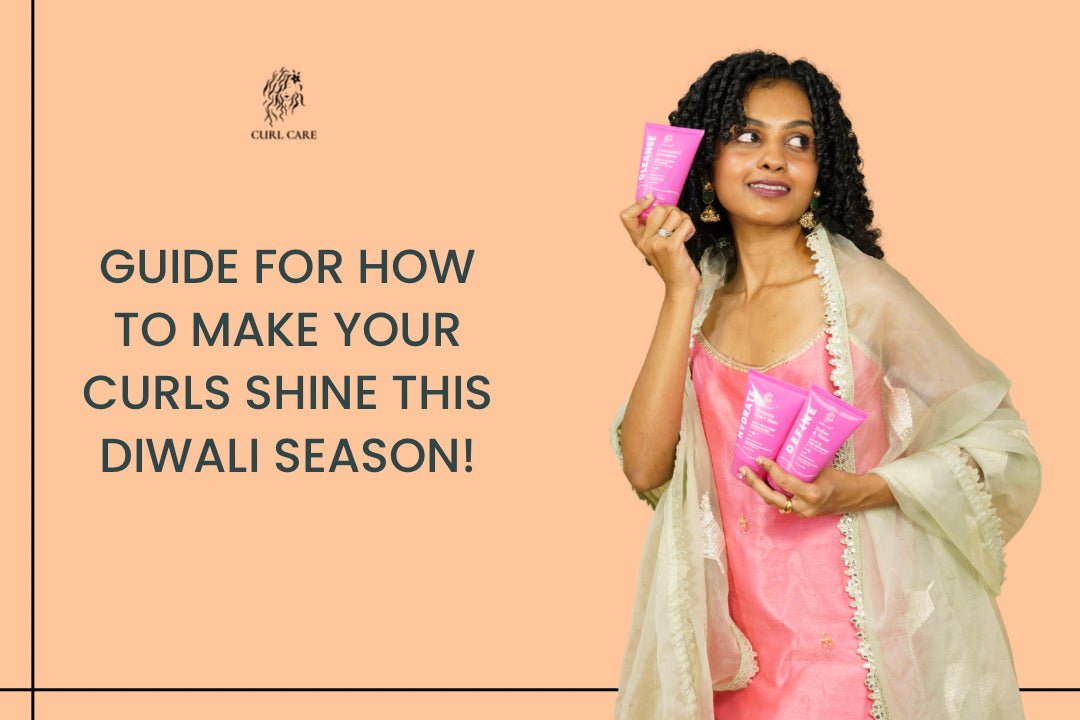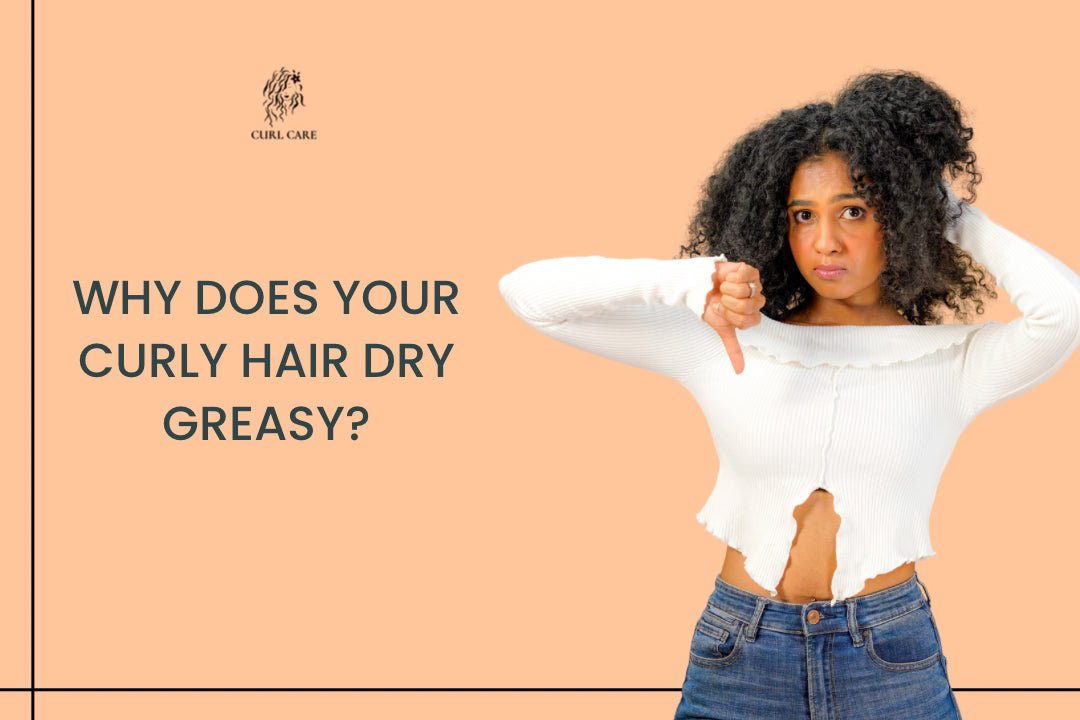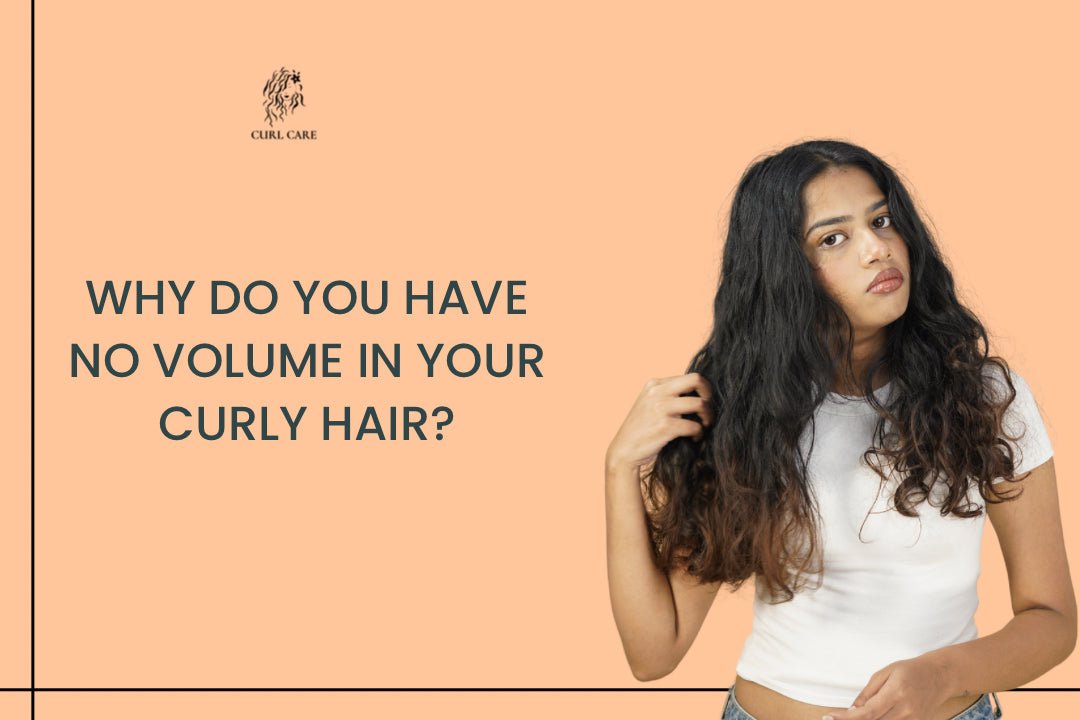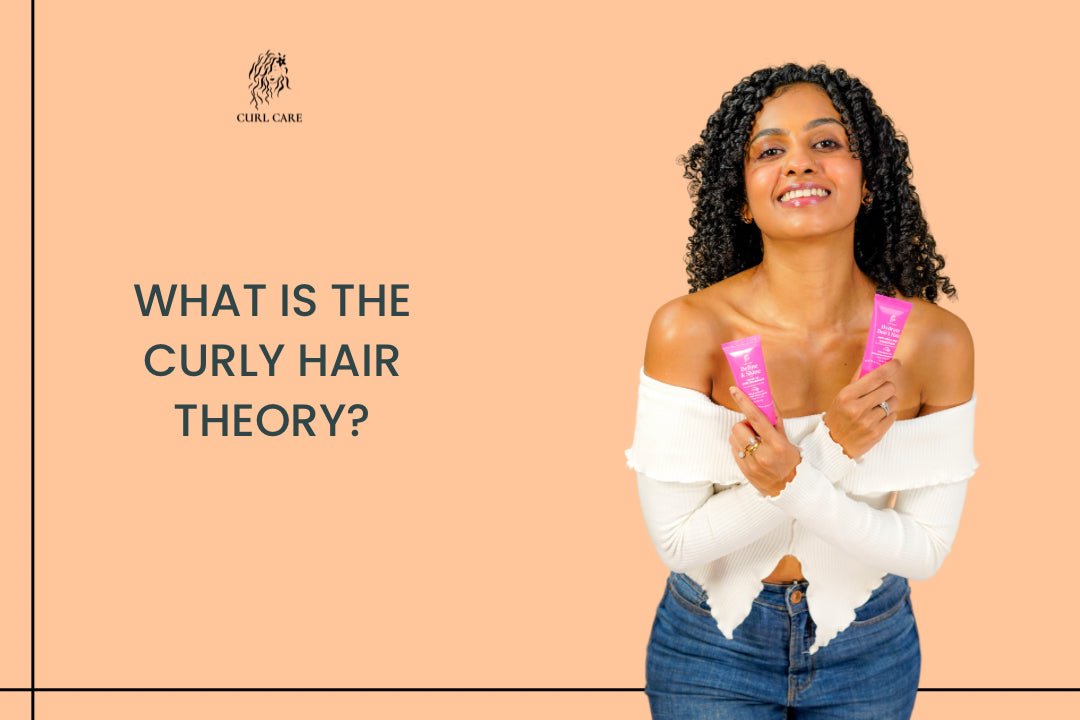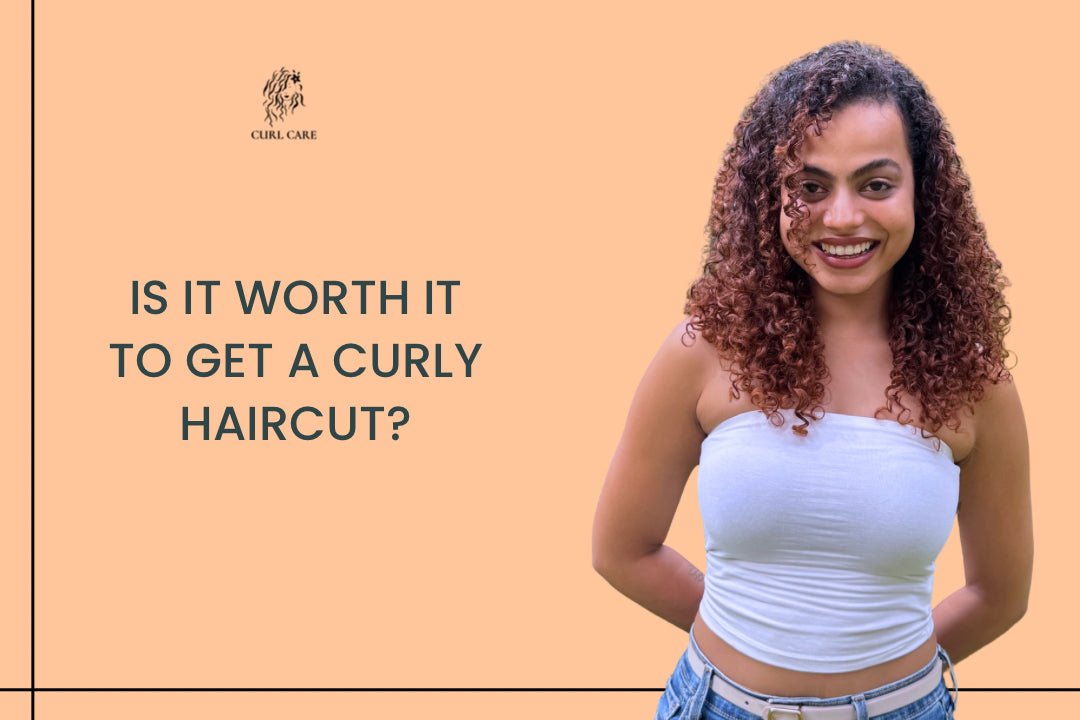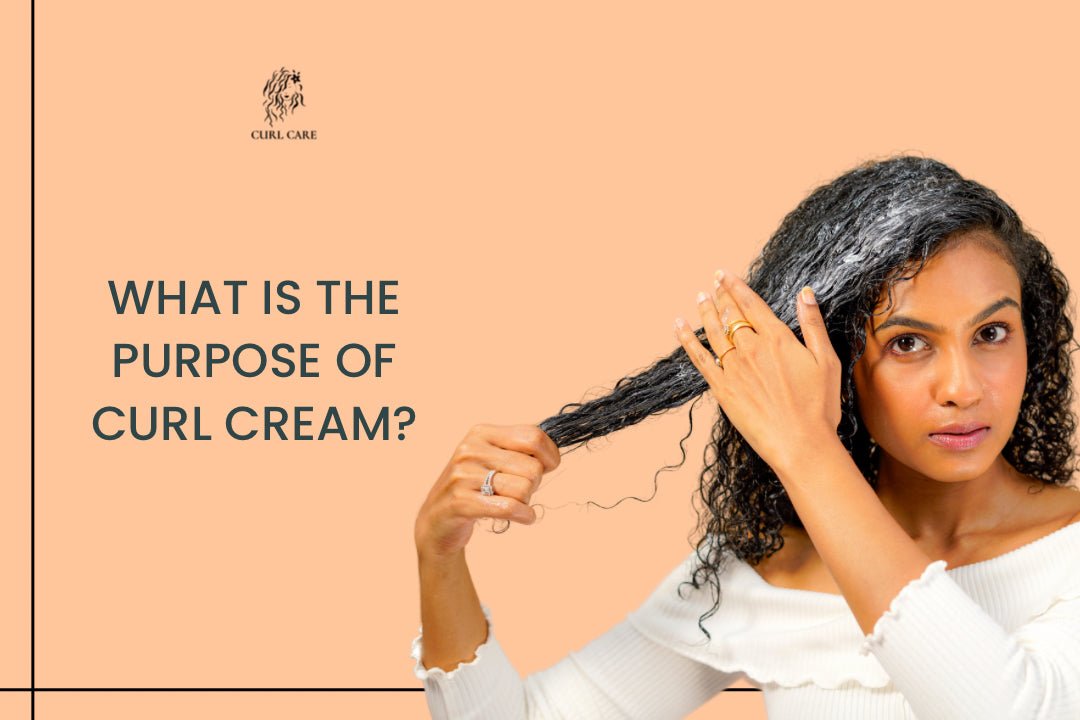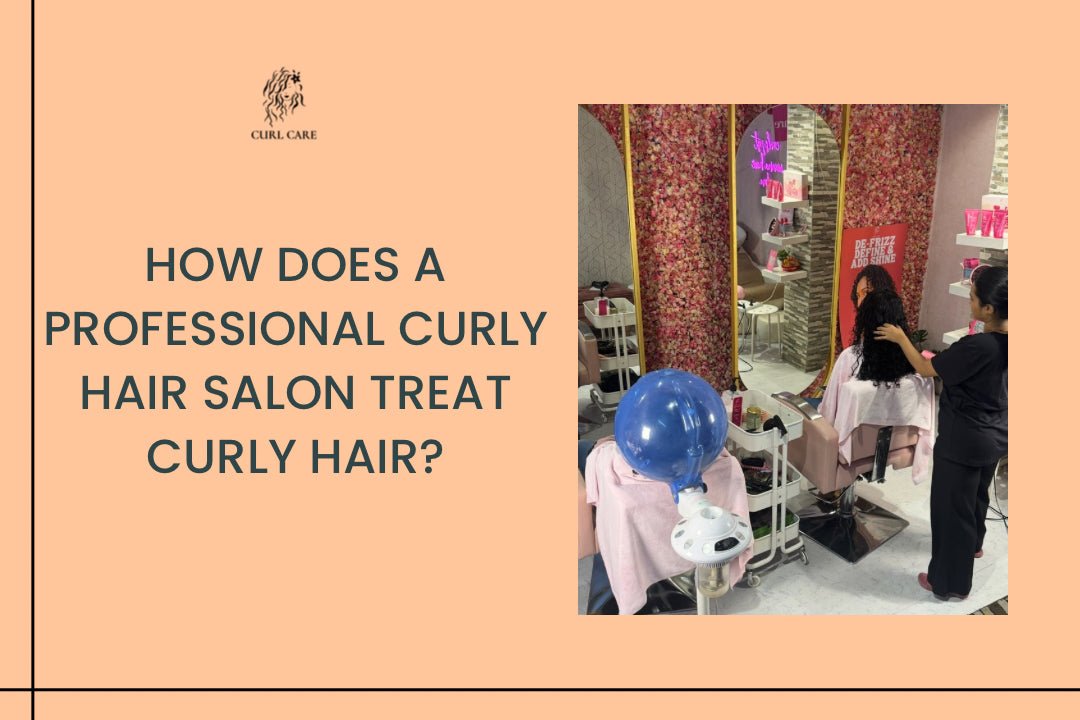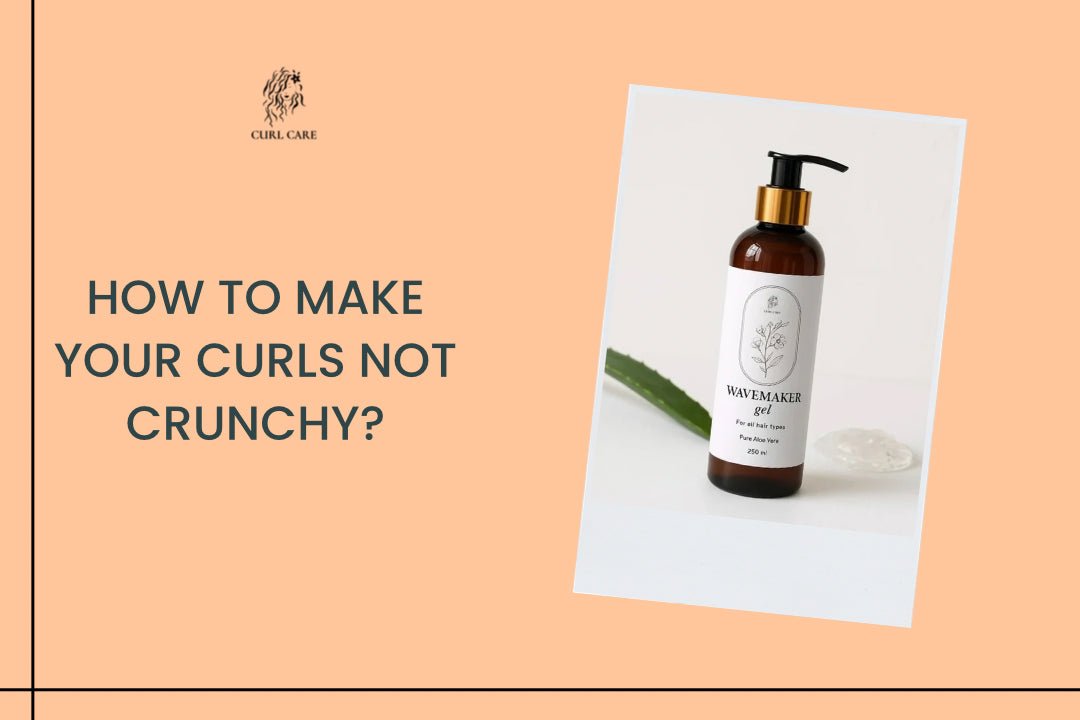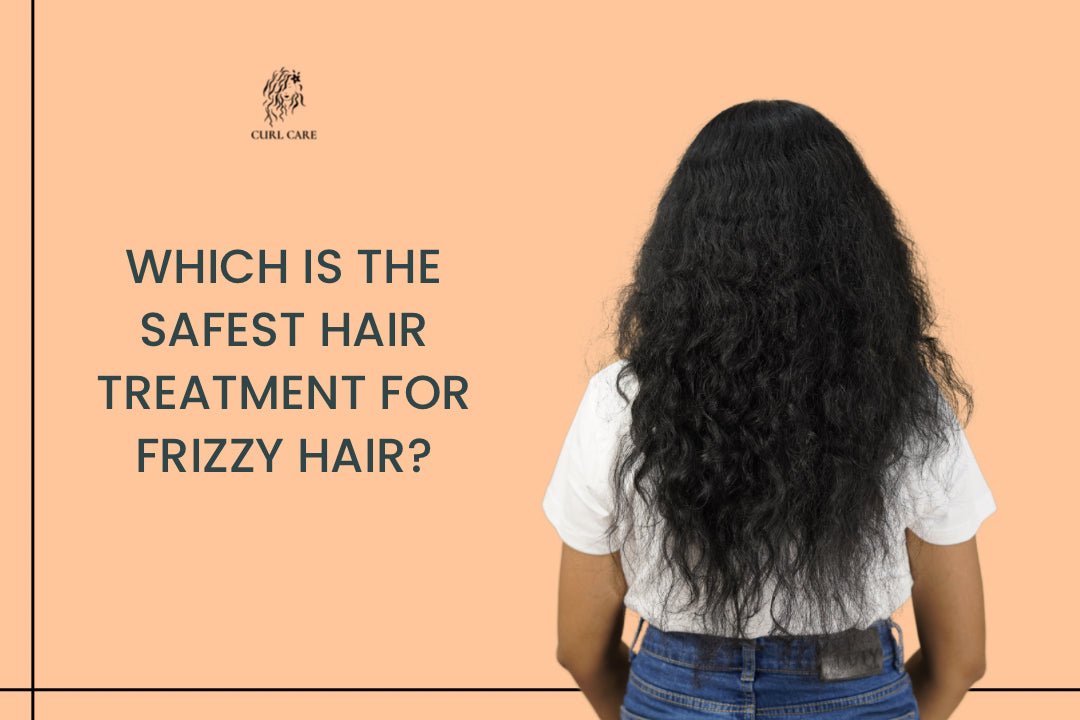Your curls are the result of protein structure, cross links (especially disulfide bonds) and the shape and biology of the follicle, with water, heat and products constantly playing chemistry tricks on those bonds.
1) Hair anatomy 101
Cuticle: the outer shingle like layer that protects the inside.
Cortex: the thick middle made of keratin fibres. This is where curl shape lives because cysteine contains sulfur that makes disulfide bonds.
Medulla: inner core, sometimes absent in thin hairs.
2) The three bond types that decide curl behavior
Disulfide bonds (permanent architects): covalent, strong, decide natural curl pattern.
Hydrogen bonds (temporary stylists): break and reform with water and heat, explain frizz and day to day curl changes.
Ionic bonds (salt bridges): pH dependent, add elasticity and strength.
3) Follicle geometry equals curl destiny
A curved or asymmetric follicle produces a fibre that naturally bends into curls. Genetics plus follicle shape plus chemistry equals your unique curl code.
4) Permanent vs temporary curl changes
Perms: use ammonium thioglycolate to break disulfide bonds, then reform them in a new shape with oxidizers.
Relaxers: use strong alkali such as sodium hydroxide to permanently straighten by breaking bonds.
5) Moisture and weather: why curls freak out
Humidity makes water molecules meddle with hydrogen bonds which causes swelling cuticles, frizz and shape changes. Glycerin and other humectants can help in dry climates but backfire in humid ones.
6) Ingredient chemistry cheat sheet
Curl friendly allies:
• Humectants like glycerin or hyaluronic acid hydrate but are climate dependent
• Fatty alcohols like cetyl or cetearyl smooth and condition
• Cationic conditioners like BTMS or cetrimonium detangle and reduce friction
• Proteins such as hydrolyzed keratin boost elasticity
• Water soluble silicones smooth without heavy buildup
Use with caution:
• Strong sulfates such as SLS or SLES strip too much and can roughen cuticles
• Short chain alcohols like alcohol denat or isopropyl can be drying in high amounts
• Non soluble silicones like dimethicone can build up and need clarifying
7) Damage and bond repair
Modern bond building treatments aim to patch or rebuild broken disulfide bonds, improving elasticity. They help, but the best defense is avoiding over processing and heat abuse in the first place.
8) A chemistry smart curl routine
- Cleanse smart with mild or sulfate free shampoos like our Untangled Shampoo.
- Deep conditioning twice a week with our Hydrate Don’t Hate Shampoo.
- Layer products from light to heavy: Define & Shine Curl Cream then use our Wavemaker No Crunch Gel to seal it all.
✨ Bottom line: Your curls are chemistry in motion, a perfect storm of proteins, bonds, follicle shape and climate. Treat them with the right products and they will bounce back beautifully every time.
